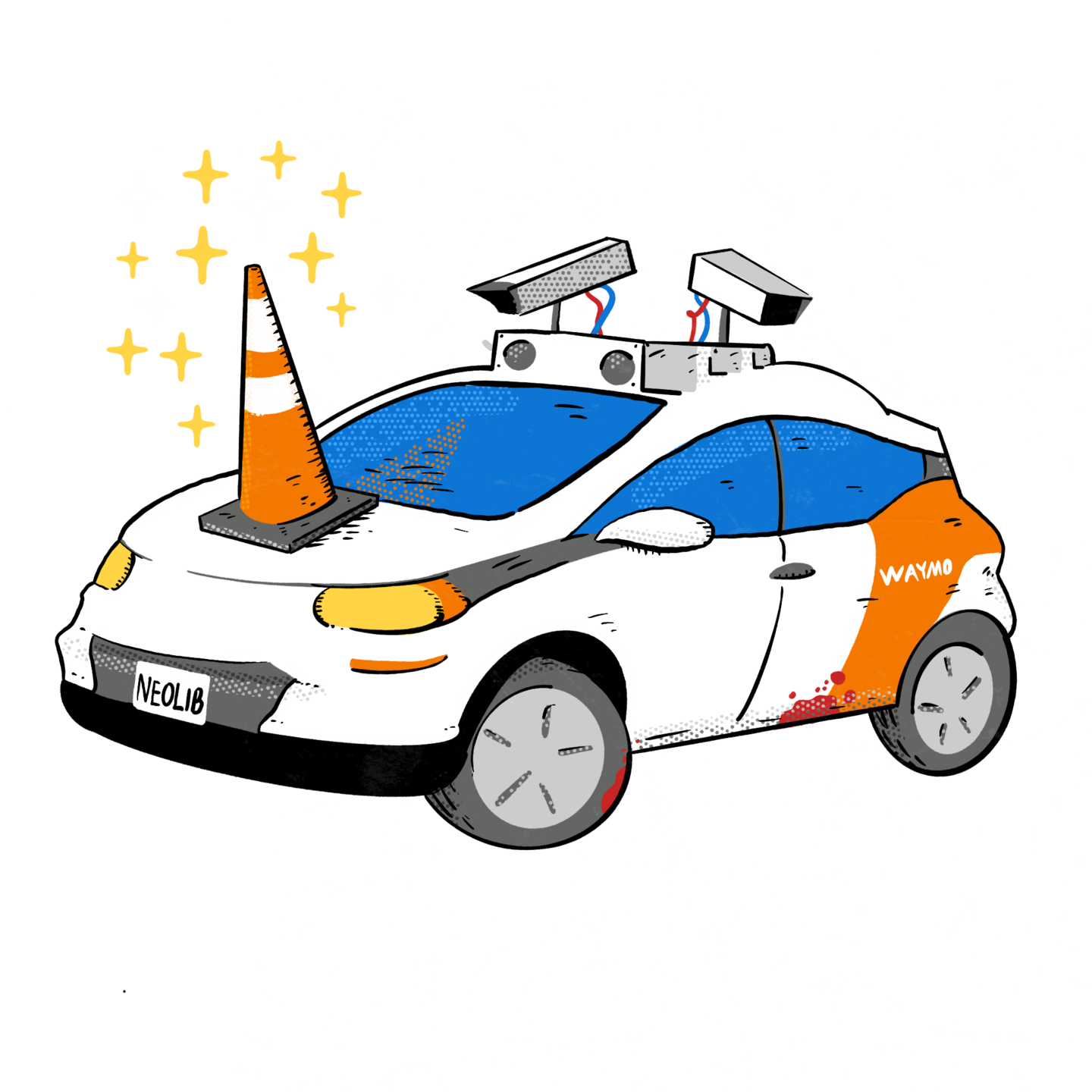
NY Times – Jury Says Tesla Was Partly to Blame for Fatal Crash
Lawyers for the family of a woman struck and killed by a Tesla sedan in 2019 argued that the company’s Autopilot software should have avoided the crash.
Editors note: key to the story is that the jury verdict means that Tesla will be required to pay $243 million in punitive and compensatory damages to the parents of the woman and to her boyfriend. This is a huge setback for Tesla.
See original article by Neal E. BoudetteJack Ewing and David C. Adams at the NY Times
A Florida jury on Friday found that flaws in Tesla’s self-driving software were partly to blame for a crash that killed a 22-year-old woman in 2019 and severely injured her boyfriend. The verdict is a significant setback for the carmaker, which is staking much of its future on developing self-driving taxis.
The jury verdict means that Tesla will be required to pay $243 million in punitive and compensatory damages to the parents of the woman and to her boyfriend.
The jury found that Tesla bore 33 percent responsibility for the crash, and blamed the driver, George Brian McGee, for the remainder. Mr. McGee had previously settled with the family for an undisclosed sum.
Tesla said it would appeal.
“Today’s verdict is wrong and only works to set back automotive safety and jeopardize Tesla’s and the entire industry’s efforts to develop and implement lifesaving technology,” the company said in a statement.
The decision comes just weeks after Tesla began limited testing of autonomous taxis in Austin, Texas. Elon Musk, the company’s chief executive, said in a conference call with investors in July that the service could cover half the population of United States by the end of the year.
Mr. Musk, who has a history being overly optimistic about how quickly products will become available, has said that Tesla’s growth hinges on revenue from autonomous taxis and humanoid robots rather than car sales, which have been declining.
The trial, in U.S. District Court for the Southern District of Florida in Miami, focused attention on the safety of Tesla’s self-driving technology, known as Autopilot.
This was the first federal jury trial stemming from a fatal accident involving Autopilot. Tesla has won at least one similar case filed in a California court and settled several others. At least five more are pending, according to lawyers for the plaintiffs.
Tesla was sued by the family of Naibel Benavides, a college student who died on April 25, 2019, after being struck by a Tesla Model S sedan driven by Mr. McGee on a dark, two-lane road near Key Largo, Fla. Dillon Angulo, her boyfriend, was severely injured and was also a plaintiff in the case.
Editors’ Picks
How to Look Cool in the HeatAnswer 4 Questions. Leave With a Summer Read You’ll Love.The Inescapable Sydney Sweeney
Mr. McGee was approaching a T-intersection with Tesla’s Autopilot software activated when he dropped his phone and bent to look for it. The Tesla blew through the intersection at more than 50 miles per hour and crashed into a black S.U.V. legally parked on the far side, according to testimony.
Ms. Benavides and Mr. Angulo were standing outside.
“We had to stand up and have courage to stand up to someone like this, especially the richest guy in the world,” Mr. Angulo said outside the courthouse Friday. “But we did it for Naibel.”

Mr. McGee told police after the crash that he did not notice the intersection or the stop sign nearby.
While approaching the intersection, Mr. McGee had his foot on the accelerator pedal, overriding a function of Autopilot that is capable of stopping for objects in the road.He said on the witness stand that he thought Autopilot would protect him and prevent a serious crash if he made a mistake.
Brett Schreiber, who represented the plaintiffs, accused Tesla of a “misinformation campaign” that exaggerated Autopilot’s capabilities and caused drivers to become complacent. He quoted Mr. Musk as saying that the system was safer than a human being.
“They knew all along that the Autopilot was defective,” Mr. Schreiber said during closing arguments Thursday.
Tesla’s lawyers blamed Mr. McGee for the crash.
Joel Smith, representing Tesla, noted that Mr. McGee had admitted being distracted after dropping his phone. He was a “reckless” and “aggressive” driver who was driving well over the speed limit, Mr. Smith said.
“No car could have prevented” the crash, Mr. Smith said.
Mary Cummings, an expert on autonomous driving technology and a former safety adviser to the National Highway Traffic Safety Administration, testified that Autopilot was defective because it failed to react to obstacles and failed to ensure Mr. McGee kept his eyes on the road.
Similar driver-assistance systems made by General Motors and Ford Motor have cameras that track a driver‘s eyes to make sure they are looking at the road. The version of Autopilot in Mr. McGee’s Tesla would keep operating as long as the driver touched the steering wheel occasionally, whether his eyes were on the road or not. Newer Tesla cars have cameras that monitor drivers.
Mr. Smith, the lawyer for Tesla, said the company never claimed its cars could drive without human oversight. He showed jurors excerpts from the car’s owner’s manual that warned, “It is the drivers’ responsibility to stay alert, drive safely and be in control of the vehicle.”
Federal safety officials were aware of at least 211 accidents from 2018 to 2023 involving Tesla cars operating with Autopilot engaged, according to evidence presented during the trial.
The lawsuit also claimed Tesla withheld crucial data and video from Mr. McGee’s car, and only produced it after the plaintiffs recovered it from the car’s computer on their own.
Mr. Smith said the data was deleted by mistake.
See original article by Neal E. BoudetteJack Ewing and David C. Adams at the NY Times
